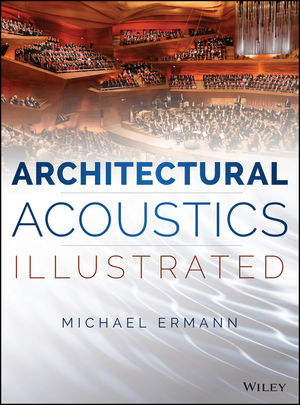You can’t count off four beats of a twelve-bar blues, let alone flip through an opera score, without being aware that time is one of music’s essential ingredients. Another is space, though notation reveals nothing about it. Harmony, rhythm, melody, and instruments are all negotiable, and shaped by the place where it’s imagined, performed, and heard. Slave songs were pitched to carry across an open field. Beethoven composed his Eroica symphony to rattle the walls of the Theater an der Wien in Vienna. Medieval polyphony depended on the reverberations of gothic vaults.

Victoria Newhouse listened to a lot of sounds in plenty of sites on the way to her new survey of the spaces where music is heard today. Her research paid off in a handsome and thorough volume that brings the reader into halls ranging from Le Poisson Rouge, a physically and acoustically awkward but wildly successful New York City club for the eclectic avant-garde, to the mammoth multi-hall National Center for the Arts in Beijing. She deftly condenses an enormous amount of information into a couple of hundred lavishly illustrated pages, gliding among architecture, acoustics, financing, politics, social aspirations, and, most crucially, the physical experience of sitting in a hall, bathed in sonic vibrations.
Site and Sound makes it clear that a new concert hall is a fun-house mirror of society’s cultural aspirations. We erect these staggeringly expensive facilities as civic gestures even as classical music’s audiences, funding, and prestige are withering. We entrust them with the dubious power to heal troubled downtowns. We ask new technologies to rejuvenate venerable art forms. Newhouse catalogs the immense sums and vast creative forces that have been brought to bear on these paradoxes. While her enthusiasms are palpable (especially for Frank Gehry’s New World Center in Miami Beach), her criticisms can be overly polite. She averts her eyes from the litigation-plagued fiasco of the Kimmel Center in Philadelphia, for instance, and registers no shock at the lunacy of designing an opera house in Santiago de Compostela for a nonexistent company. Those who would build palaces for music should first attend Wagner’s Rheingold, in which a god hocks the entire world to build a castle he can’t afford. The story does not end well.
Justin Davidson is the architecture critic and music critic of New York magazine.



Post a comment to this article
Report Abusive Comment